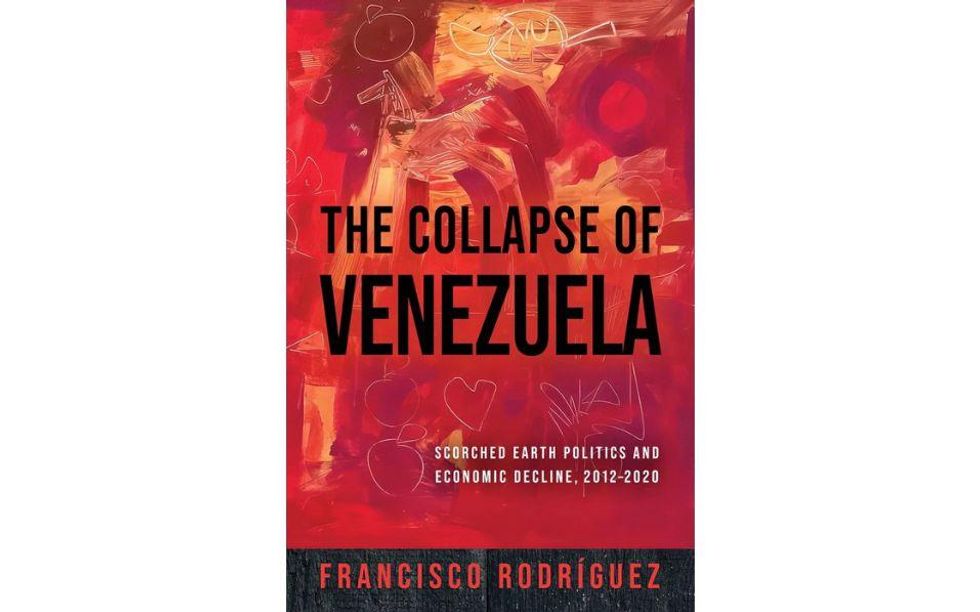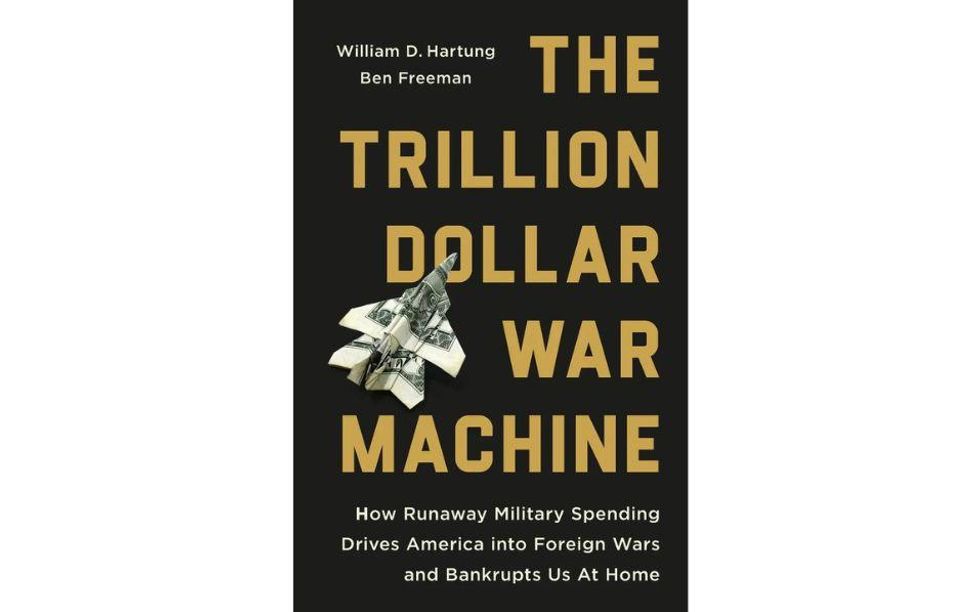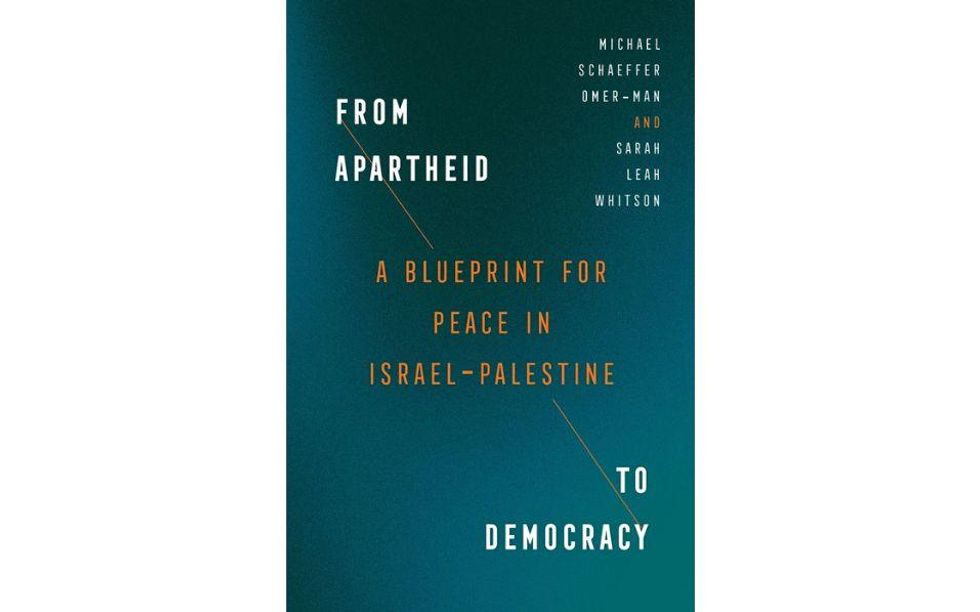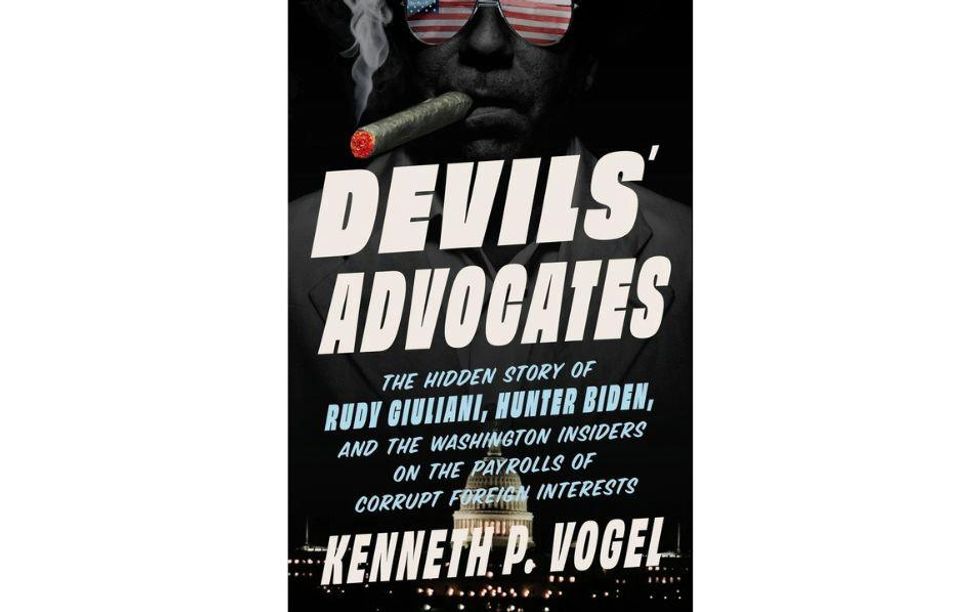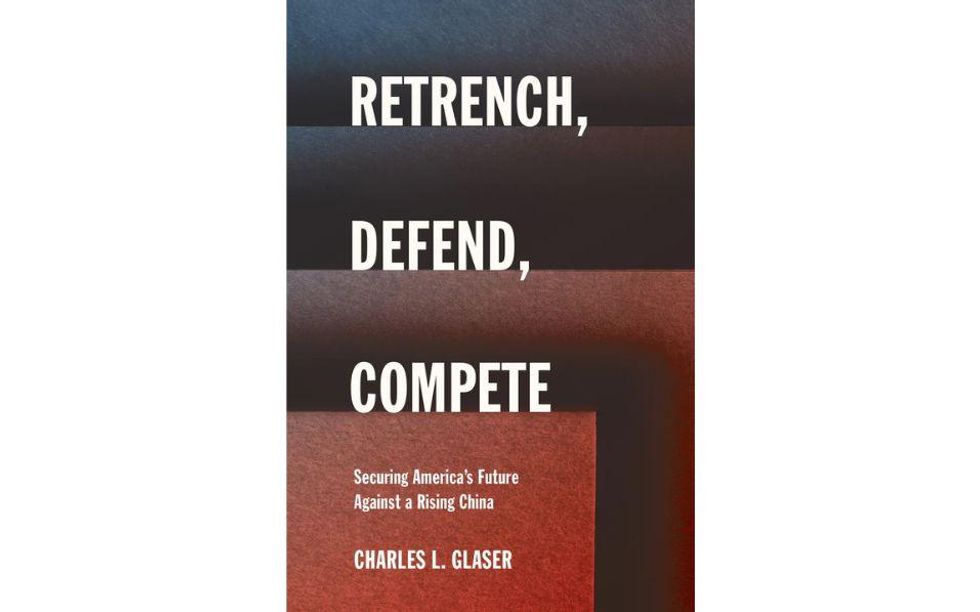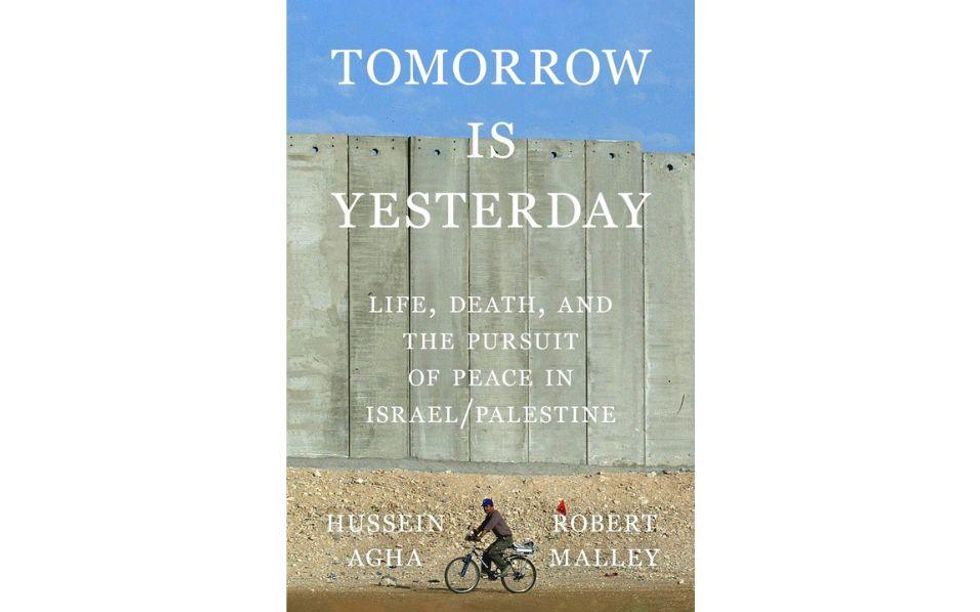The Ukrainian Armed Forces have mounted an unexpected and capable defense after the Russian invasion nearly two weeks ago. Ukrainian forces, alongside thousands of volunteer foreign fighters have used American and European-supplied weapons effectively. Defenders have taken advantage of poor Russian military planning in the first few days of the conflict to destroy and/or capture large numbers of Russian military assets. Despite this the Russian military controls Europe’s largest nuclear power plant in southeastern Ukraine, as well as the southern city of Kherson.
Russian military advances have prompted calls for additional military aid and support for an urban insurgency to fend off Russian sieges of Ukrainian cities. Given the availability of weapons in Ukraine, as well as the growing number of foreign fighters and mercenaries in the conflict — Moscow is now reportedly recruiting Syrians skilled in urban combat to fight in Ukraine — the United States and its allies must carefully calibrate the military support they provide. Based on research I conducted, more weapons in support of an urban war will advantage Ukrainian defenders but will lead to a longer more devastating war and have long-term follow-on effects.
Continuing to supply weapons to Ukrainians defending their cities is an appealing concept because cities advantage smaller and poorly armed defenders. Cities, with their narrow streets and alleyways, allow defenders to hide in buildings and create natural hazards for advancing conventional military forces. Improvised explosive devices (IEDs) can be buried at street junctions, which slow advancing attackers. Cities limit the types and quality of intelligence attacking forces can gather about defenders, as well which makes it harder for attacking forces to fight effectively. Human intelligence is paramount for successful urban military campaigns. But, in urban wars there is little incentive for residents to share intelligence. In many cases city residents support local defenders.
Unless attacking military forces want to obliterate a city, they limit their use of tanks, armored infantry, heavy artillery, and air power. Tight urban quarters make conventional militaries operate in lighter and smaller groups, which increases their vulnerability to attack from shoulder-launched missiles, Molotov cocktails, and lightly armed civilians.
The downside of arming urban defenders is the death and destruction it can cause. There are few checks and/or standard operating procedures for arming others’ military forces. The U.S. State and Defense Department have individual authorities that they use to arm partner military forces around the globe. Yet, less than two percent of foreign military sales are monitored once they arrive at their destination. In Ukraine for example, in January 2020, the Department of Defense Inspector General reported that DoD’s data about the quantity and condition of night vision goggles was inaccurate. As more complicated weapons systems move through partner countries, underdeveloped systems for monitoring arms can lead to them being used improperly, or by the wrong people. For example, U.S. arms provided to Saudi Arabia and the United Arab Emirates have fallen into the hands of al-Qaeda-linked and Iranian-backed fighters and other militias. The arming process itself can facilitate nonstate violence.
Scholarship on urban warfare indicates more people die when wars occur in large and densely populated cities. In Mosul, Iraq’s second largest city, where the Islamic State made its last stand, some estimate that as many as 40,000 people were killed, over one million people fled the city, and 32,000 buildings were destroyed. Rebuilding is estimated to cost in excess of $1 billion; not including the number of world heritage sites destroyed in the city’s Old Town.
All available evidence on the Russian approach to urban warfare indicates that massive urban destruction should be expected. Russian military operations in Syrian cities included indiscriminate use of barrel bombs, cluster munitions, and incendiary weapons in Aleppo and Idlib. Closer to home, Putin ordered the demolition of Grozny, the capital city of Chechnya, during the second Chechen War in 1999 as part of his campaign to subdue a Chechen insurgency. Grozny became known as the most destroyed city on earth.
The arms necessary to protect urban areas have their own pernicious side effects. Russia may choose to attack arms shipments, drawing weapons-supplying countries into the conflict. More importantly, while various types of arms are flowing into Ukraine now, there are few effective methods for state governments to secure loose arms after a conflict ends. This is especially true when multiple nonstate forces are involved in a fight. In many post-conflict zones, state-sponsored weapons buy-back programs led to increases in demand for newer arms, a growth of black a market arms trading through corrupt government officials (which is already a challenge in Ukraine) and made middlemen in the arms trade wealthier.
Unsecured weapons from one conflict zone often find their way into other wars. Libya is an apt example. The trafficking of weapons from Libya exploded after the Libyan civil war, with Libyan arms being used across North Africa, Kenya, Iraq, Gaza, and Syria. In Europe the array of arms entering Ukraine could realistically end up in the hands of far-right Ukrainian militias that have volunteered to fight against Russia.
More arms transfers in support of Ukrainians defending their cities are not a panacea. There is no silver bullet that will stop Putin and end Russian military adventurism. Instead, the United States and its allies must ensure that Russian oil sales and trade relationships, especially with China, are undercut, which will constrain Putin’s ability to pay for war.
Beyond affecting the Russian economy, the United States and NATO must begin identifying de-escalation tactics, off-ramps and pathways out of the conflict. The Biden administration must support and/or facilitate the Russia-Ukrainian talks. Despite few results to this point, the Biden administration must also continue to pressure China to help deescalate the war. The key objectives for all parties must be identifying an agreeable negotiated settlement that can end the conflict immediately.
There are no good options for how to deal with or end the war in Ukraine. Ukraine will lose from this war in one way or another. The United States and its allies must be sure that their support does not make the conflict worse or drive insecurity outside of Ukraine. Avoiding pollyannish assessments about how effective their support can be is the best way to start.





